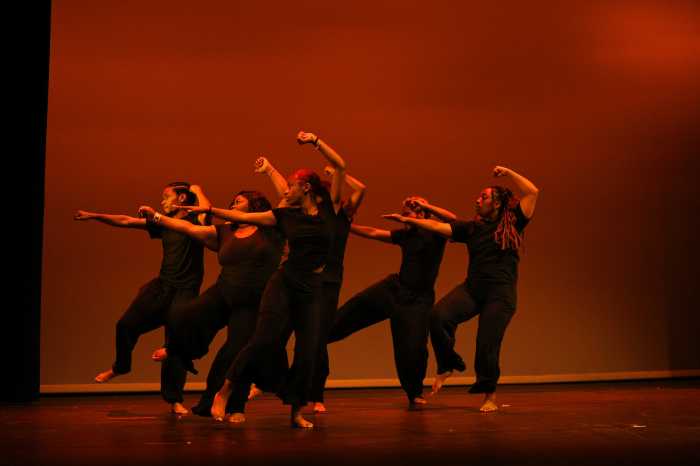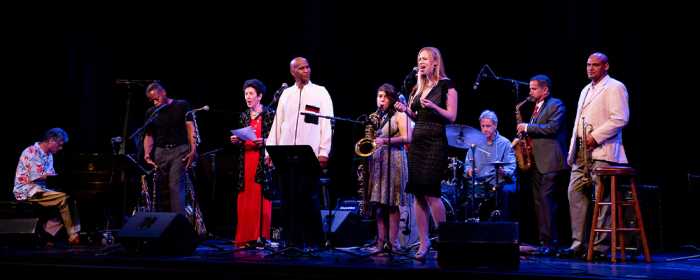By Suzanne Parker
When we learned that PappaRich, the enormously popular fast/casual Malaysian restaurant, opened a branch in Flushing, the lure of the exotic trumped our usual antipathy towards chain restaurants.
PappaRich was founded in 2005 in Kuala Lumpur by Rich Tan.
According to Tan, the chain got its name because “everyone loves the word Papa, someone whom you can easily relate to and remember whilst being close to your heart” and “Doesn’t everyone want to be rich, especially a Rich Pappa?” He would seem to be realizing that goal with, according to the menu, 118 outlets in 11 countries, including Malaysia, East and Southeast Asia, Australia, and now, one each in Los Angeles and Flushing.
Judging by the way the Flushing Asian community has flocked here, pretty much from its opening about two months ago, this chain had already generated a loyal following. There is usually a 40-minute wait for a table during prime dining hours, and during off hours, when its neighbors are empty, things are still jumping here.
PappaRich occupies a bright, modern space on the second level of Fulton Square, the retail complex adjoining the Hyatt Hotel. The location includes some outdoor seating on the terrace, creating a sidewalk café feel, weather permitting, absent the vehicular traffic and sidewalk.
There is a protocol to dining here. The first thing we discovered is that Pappa serves no alcohol.
That was easily remedied by a pre-dinner visit to Leaf, a trendy cocktail bar on the roof, for fortification.
The next thing we had to learn was that you place your order by filling in a preformatted list. There are columns for the menu number of the dish, how many, and for “remarks.” The remarks column, we learned after the fact, was for sequencing your meal. They like you to order everything at once, including dessert, and indicate which dishes you want served together and in what order. We didn’t do that, but they were gracious enough not to call our faux pas to our attention.
The chain restaurant-style menu is loaded with gorgeous glossy photos of the offerings. There is a tabletop sign board with an attached call button that advises diners of procedures including a list of dishes that take 20 minutes. We felt pressured into ordering the satay, one of the 20 minute-ers before perusing the full menu. Even though we ordered the rest of our meal only a few minutes later, it was the first arrival.
The thick, spicy, sweet, peanut sauce would have made even boiled gym socks taste good. The beef satay, juicy, tender, and a little spicy in its own right, was perfect. The chicken, a little dry, not so tender, less so. This was a theme that seemed to carry on through the meal.
The next three menu categories were defined by their starches: canai, rice, and noodles. The canais are all accompanied by flat bread, mostly roti, but in a couple of cases, garlic naan. This group of offerings clearly demonstrates the Indian influence on Malaysian cuisine.
The word canai, in Malay, according to Google Translate, means to “grind down.” This is a reference to the curries or sauces always served with roti. We chose Roti Telur Bawang with Chicken Curry. This arrived on a divided metal platter with chicken in its own curry sauce, and two additional sauces. One was a mildly lentil-based sauce which was the “canai.” The other was a sweet-spicy brown sauce. The roti of the telur persuasion was layered with sliced onion chilies and egg. The chewy roti and fragrant sauces were all wonderful. Our only reservation was the chicken, which was drumstick meat. It was less juicy than we would have liked, bordering on the stringy.
Prawn mee (noodles) was an example of Malaysian food’s Chinese influence. It was also an example of the actual food bearing little resemblance to the menu’s photos. Pictured were three enormous shrimp astride fried noodles, partnered with hefty cubes of fried tofu. In reality, the lo mein-ish dish was tasty enough, but with three teeny shrimp and a few minute cubes of tofu buried amongst a substantial serving of noodles. A generous amount of bean sprouts lightened the dish. If expectations hadn’t been raised by the image, we would have been saved the disappointment.
Fried Eggplant with Chicken nicely offset all the meat and starch. Eggplant was stir fried with a little minced chicken, appealingly spiced.
If you’ve never had ABC (Ais Batu Campur), the most popular Southeast Asian dessert, go for it. It’s a mound of shaved ice drenched with condensed milk surrounded by an odd (to Westerners, at least) assortment of garnishes. Try it, you’ll like it.
The Bottom Line
Pappa Rich offers a tasty, exotic dining experience at a very affordable price. The food may be attuned more to a mass market than to an authentic sensibility, but it’s hard not to like.
Suzanne Parker is the TimesLedger’s restaurant critic and author of “Eating Like Queens: A Guide to Ethnic Dining in America’s Melting Pot, Queens, N.Y.” She can be reached by e-mail at qnsfo
PappaRich
39-16 Prince St., Units 205 & 206, Flushing
(718) 888-9307
Price Range: Most dishes: $7.50 — $16.90, Crab dishes: $49.90
Cuisine: Malaysian
Setting: Modern chain restaurant with some outdoor tables
Service: Friendly waitstaff, you write your own order.
Hours: Seven days 11 a.m.—10 p.m.
Reservations: no
Alcohol: no
Parking: Garage in building (not free) or street.
Dress: Casual
Children: Welcome
Music: No
Takeout: Yes
Credit cards: Yes
Noise level: Acceptable
Handicap accessible: Yes
WIFI: Yes




































